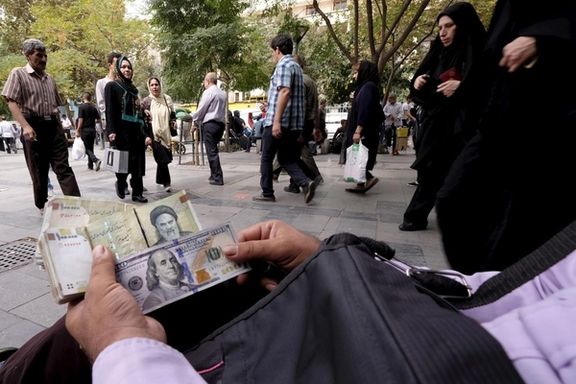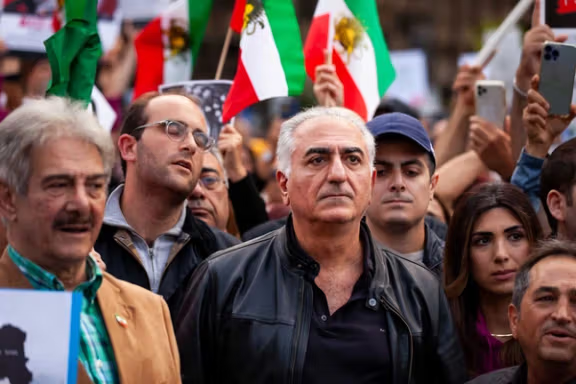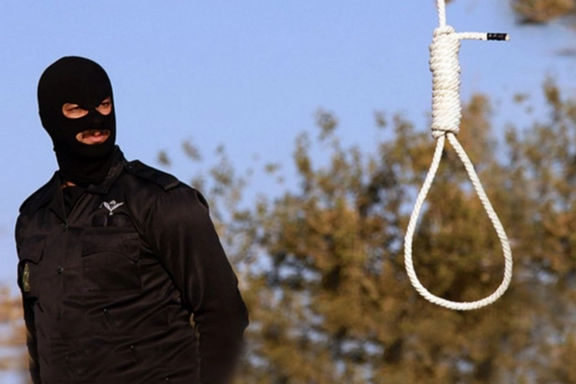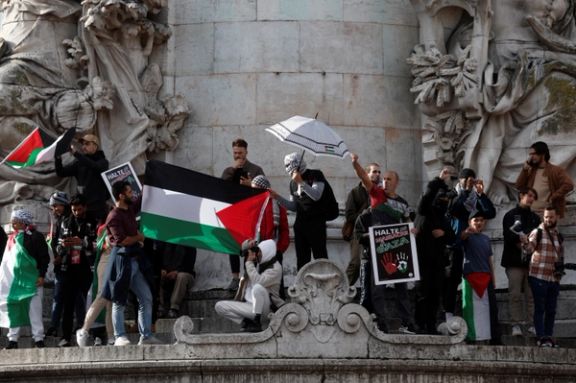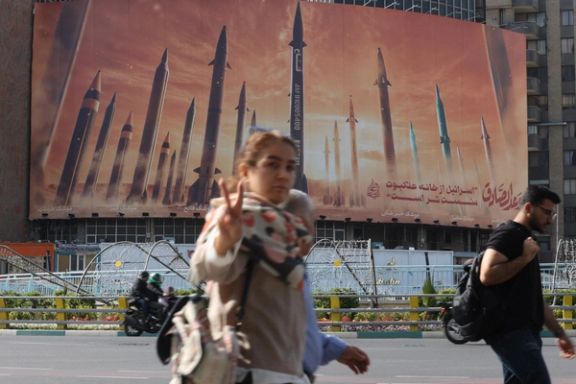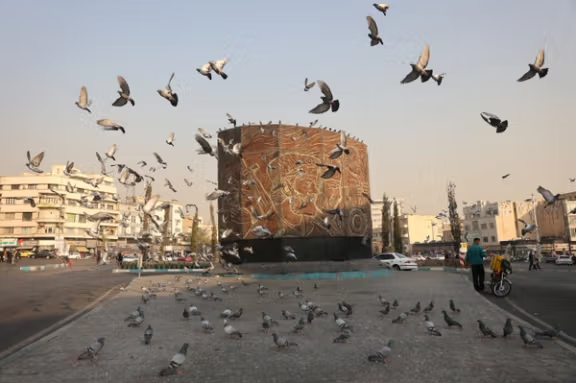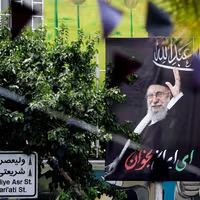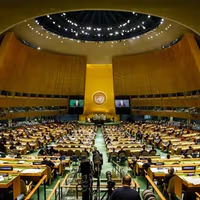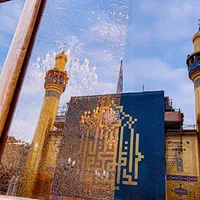According to a report by the Central Bank, liquidity increased by 24% during the last fiscal year, which ended on March 19, reaching approximately 80,000 trillion rials ($123 billion, based on the USD rate in open markets). This figure represents more than 30% of Iran's GDP.
Since President Raisi came into office in August of 2021, liquidity in Iran has nearly doubled, leading to rampant inflation, which escalated to 47% during the last fiscal year.
The increase in the state’s debts to Iranian banks, which forced the Central Bank to engage in uncontrolled printing of unsupported banknotes, has accelerated the rate of currency devaluation.
Yet, this month, President Raisi claimed that increased liquidity in Iran is "one of the signs of the country's economic growth".
Over the past five years, Iran’s Central Bank has ceased publishing government budget reports. But, according to the Supreme Audit Court of Iran and the Research Center of the Islamic Legislative Assembly, it is estimated that since 2018—when the US withdrew from the Joint Comprehensive Plan of Action (JCPOA) and imposed sanctions on Iran’s oil exports—the government's annual budget deficit has consistently exceeded 30%.
A detailed look at the Central Bank statistics show that the majority of liquidity is cash and short-term bank deposits, due to the accelerated devaluation.
Simply put: Iranians avoid depositing money in banks for longer terms.
The above three-year bank deposits amount is almost zero, due to the lack of trust in the government's monetary policies.
Government debts
The Central Bank of Iran reports that the government's debts to this bank jumped by 65% year-on-year to more than 3,000 trillion rials ($4.6 billion) during the last fiscal year.
In addition to the government itself, state-owned companies also owe 880 trillion rials ($1.35 billion) to the Central Bank.
The mentioned figures are only a small part of the government's debt to the country's banking system.
The report of the Central Bank shows that the total debt of the government and state-owned companies to all Iranian banks increased by 56% year-on-year to above $20 billion at the end of last fiscal year.
Despite Raisi’s campaign pledge to stop government borrowing, there has been a significant increase in the state’s debt to the banking system. Since Raisi came to power, the government's debt to the domestic banks has almost doubled.
Bank debts share only 20% of the Iranian government’s total debts.
The National Development Fund (NDF) was set up in the early 2000s with the aim of safeguarding a slice of oil revenues for the benefit of future generations, as well as to support the private sector with loans. Today, the Iranian government's debt to the NDF has ballooned to over $100 billion.
In addition, the government has withdrawn two-thirds of the NDF’s reserves to compensate for the budget deficit and finance the current expenses of state-run companies.
Notably, the National Iranian Oil Company is the biggest debtor in the country and shares about 60% of the government’s total debts.
The International Monetary Fund has calculated that the debts of the Iranian government amount to 30.5% of its GDP, which is equivalent to $118 billion, or 2.5 times the government's budget for the current fiscal year.
Iran’s staggering state debt and liquidity have led to an acceleration in devaluation, especially in recent weeks when the Iranian rial plunged to its historical lowest value. Currently, each USD is sold at about 650,000 rials, whereas at the beginning of Raisi’s presidency, it was about 230,000 rials.
Since the US withdrawal from the JCPOA in 2018, the Iranian rial has lost about 94% of its value.
The Iranian government faced an $18 billion non-oil trade (excluding services) deficit during the last fiscal year, the highest amount ever and three times more than the previous year.
While Iran experiences about $10 billion in capital flight and a $7-8 billion negative balance in service trade annually, its total oil export revenues stood at less than $36 billion during the last fiscal year. Iran sells its oil via middlemen to Chinese independent and small refineries, known as teapots, with a $13 discount per barrel.
Iran also barters its oil for Chinese goods and services.
